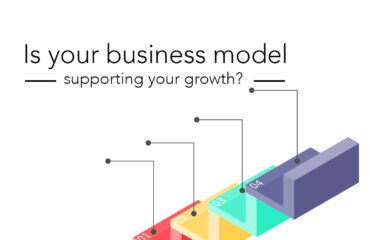Are you hiding behind your words?
Do you struggle to get your point across?
Do you lose your audience in long explanations?
Have you ever stepped off a stage and no one came up to you to learn more?
You don’t have to continue hiding behind your words! Speaking isn’t easy, but there are some simple things you can do to help engage your audience.
When speaking to an audience of one or thousands, keep in mind these three blind spots that might be getting in the way of engaging and connecting with your audience:
- BLIND SPOT #1: Don’t begin by introducing yourself and your topic, instead meet your audience where they are. Whenever you begin a conversation or a presentation, aim to engage your audience right away by asking relevant questions and/or sharing a relevant story.
- BLIND SPOT #2: Speak their language. Make sure you don’t leave your audience behind, always aim to use language that they will understand. Avoid acronyms or jargon. They might help you sound smart, but if the audience doesn’t understand what you are referring to, they will be less likely to say yes to your invitation, whatever that might be. People want to work with people they align with. They want to work with people that they feel will understand them and make them feel relevant and important. Don’t let fancy language create a gap between you and your audience.
- BLIND SPOT #3: Give room for questions. Whether you are speaking to one person or thousands, it’s always easier to speak AT people rather than WITH people. BUT in order to effectively engage, you must create a conversation. You can do this by leaving room for questions at the end and encouraging conversation throughout the presentation. Another strategy is intentionally inviting your audience’s response/reaction during your time on stage (especially if you are presenting to a large crowd).
Just like a fortress protects a city from outside invaders, words and language can sometimes “protect us” and, as a result, get in the way of true connection.
Aim to connect! Bring down the barriers of complex communication! This will ensure you and your audience can participate in a shared conversation.
In Clarity,







